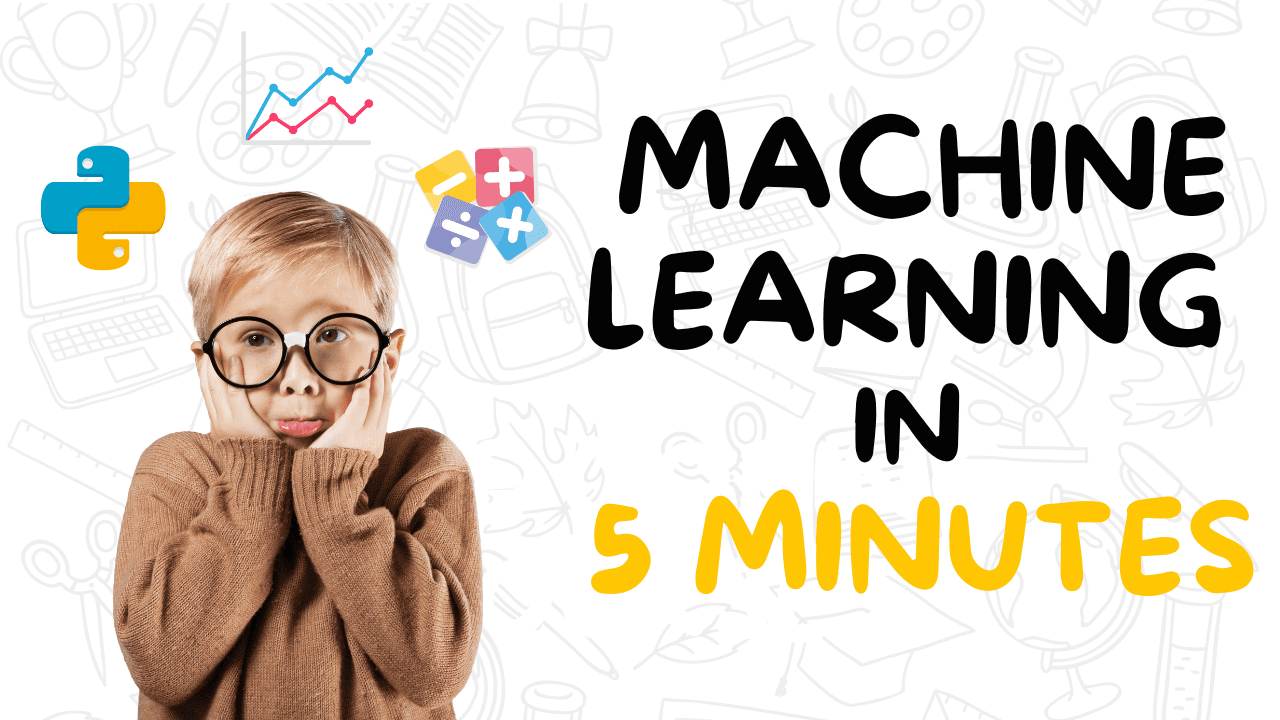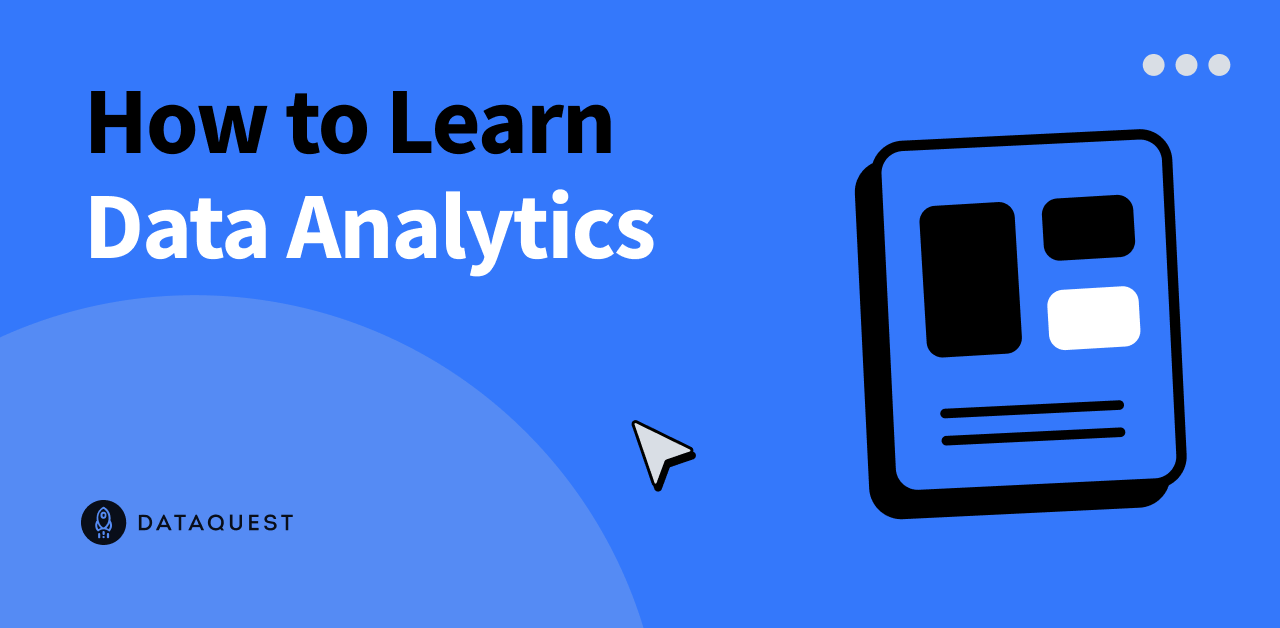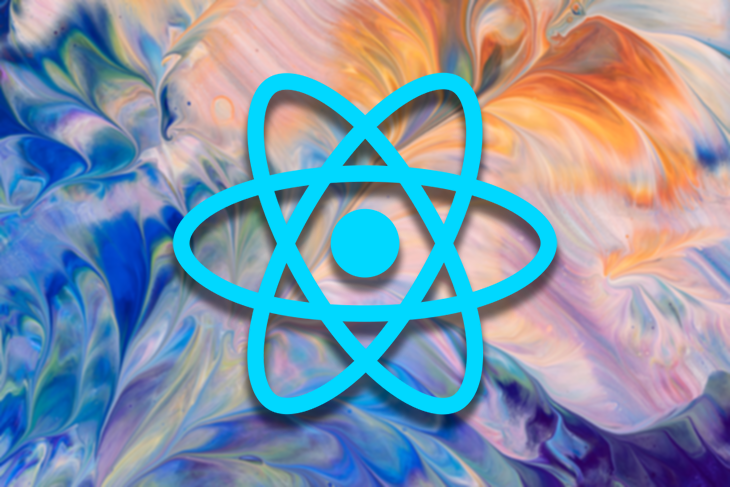Image by starline
In today’s world, two main forces have emerged as game-changers:
Data Science and Cloud Computing.
Imagine a world where colossal amounts of data are generated every second.
Well… you do not have to imagine… It is our world!
From social media interactions to financial transactions, from healthcare records to e-commerce preferences, data is everywhere.
But what’s the use of this data if we can’t get value?
That’s exactly what Data Science does.
And where do we store, process, and analyze this data?
That’s where Cloud Computing shines.
Let’s embark on a journey to understand the intertwined relationship between these two technological marvels.
Let’s (try) to discover it all together!
Data Science?-?The Art of Drawing Insights
Data Science is the art and science of extracting meaningful insights from vast and varied data.
It combines expertise from various domains like statistics, and machine learning to interpret data and make informed decisions.
With the explosion of data, the role of data scientists has become paramount in turning raw data into gold.
Cloud Computing?-?The Digital Storage Revolution
Cloud computing refers to the on-demand delivery of computing services over the Internet.
Whether we need storage, processing power, or database services, Cloud Computing offers a flexible and scalable environment for businesses and professionals to operate without the overheads of maintaining physical infrastructure.
However, most of you must be thinking why are they related?
Let’s go back to the beginning…
There are two main reasons why Cloud Computing has emerged as a pivotal?-?or complementary?-?component of Data Science.
#1. The imperative need of collaborating
At the beginning of their data science journey, junior data professionals usually initiate by setting up Python and R on their personal computers. Subsequently, they write and run code using a local Integrated Development Environment (IDE) like Jupyter Notebook Application or RStudio.
However, as data science teams expand and advanced analytics become more common, there’s a rising demand for collaborative tools to deliver insights, predictive analytics, and recommendation systems.
This is why the necessity for collaborative tools becomes paramount. These tools, essential for deriving insights, predictive analytics, and recommendation systems, are bolstered by reproducible research, notebook tools, and code source control. The integration of cloud-based platforms further amplifies this collaborative potential.
It’s crucial to note that collaboration isn’t confined to just data science teams.
It encompasses a much broader variety of people, including stakeholders like executives, departmental leaders, and other data-centric roles.
#2. The Era of Big Data
The term Big Data has surged in popularity, particularly among large tech companies. While its exact definition remains elusive, it generally refers to datasets that are so vast that they surpass the capabilities of standard database systems and analytical methods.
These datasets exceed the limits of typical software tools and storage systems in terms of capturing, storing, managing, and processing the data in a reasonable timeframe.
When considering Big Data, always remember the 3 V’s:
Volume: Refers to the sheer amount of data.
Variety: Points to the diverse formats, types, and analytical applications of data.
Velocity: Indicates the speed at which data evolves or is generated.
As data continues to grow, there’s an urgent need to have more powerful infrastructures and more efficient analysis techniques.
So these two main reasons are why we?-?as data scientists?-?need to scale up beyond local computers.
Rather than owning their own computing infrastructure or data centers, companies and professionals can rent access to anything from applications to storage from a cloud service provider.
This allows companies and professionals to pay for what they use when they use it, instead of dealing with the cost and complexity of maintaining a local IT infrastructure-?of their own.
So to put it simply, Cloud Computing is the delivery of on-demand computing services?-?from applications to storage and processing power?-?typically over the internet and on a pay-as-you-go-basis.
Regarding the most common providers, I am pretty sure you are all familiar with at least one of them. Google (Google Cloud), Amazon (Amazon Web Services) and Microsoft (Microsoft Azure stand as the three most common cloud technologies and control almost all of the market.
The term cloud might sound abstract, but it has a tangible meaning.
At its core, the cloud is about networked computers sharing resources. Think of the Internet as the most expansive computer network, while smaller examples include home networks like LAN or WiFi SSID. These networks share resources ranging from web pages to data storage.
In these networks, individual computers are termed nodes. They communicate using protocols like HTTP for various purposes, including status updates and data requests. Often, these computers aren’t on-site but are in data centers equipped with essential infrastructure.
With the affordability of computers and storage, it’s now common to use multiple interconnected computers rather than one expensive powerhouse. This interconnected approach ensures continuous operation even if one computer fails and allows the system to handle increased loads.
Popular platforms like Twitter, Facebook, and Netflix exemplify cloud-based applications that can manage millions of daily users without crashing. When computers in the same network collaborate for a common goal, it’s called a cluster.
Clusters, acting as a singular unit, offer enhanced performance, availability, and scalability.
Distributed computing refers to software designed to utilize clusters for specific tasks, like Hadoop and Spark.
So… again… what’s the cloud?
Beyond shared resources, the cloud encompasses servers, services, networks, and more, managed by a single entity.
While the Internet is a vast network, it’s not a cloud since no single party owns it.
To summarize, Data Science and Cloud Computing are two sides of the same coin.
Data Science provides professionals with all the theory and techniques necessary to extract value from data.
Cloud Computing is the one granting infrastructure to store and process this very same data.
While the first one gives us the knowledge to assess any project, the second one gives us the feasibility to execute it.
Together, they form a powerful tandem that is fostering technological innovation.
As we move forward, the synergy between these two will grow stronger, paving the way for a more data-driven future.
Embrace the future, for it is data-driven and cloud-powered! Josep Ferrer is an analytics engineer from Barcelona. He graduated in physics engineering and is currently working in the Data Science field applied to human mobility. He is a part-time content creator focused on data science and technology. You can contact him on LinkedIn, Twitter or Medium.























